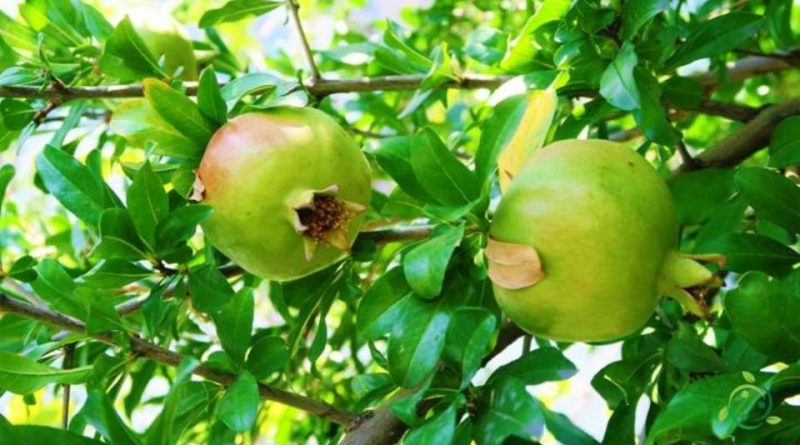When pruning the Pomegranate
When pruning the Pomegranate
The pomegranate (Punica granatum L.) is a deciduous plant of the Punicaceae family, native to a geographical region ranging from Iran to the Himalayan area of northern India, and present since ancient times in the Caucasus and in the entire Mediterranean maquis. The fruit is called pomegranate and is cultivated for many millennia.
This plant is found in recent times considerable diffusion both for direct consumption and, above all, for the production of pomegranate juice.
Pruning period –
The pomegranate is a plant that must be pruned with care and attention, trying to eliminate an adequate number of useless and damaged branches.
It is a plant, however, which does not require excessive pruning but annual regular interventions.
Generally, the right time to prune the pomegranate is the autumn one, which runs from October to November, so immediately after the fruit harvest and before the plant goes into vegetative rest.
In any case, pomegranate pruning can also be done between February and March, therefore at the end of the vegetative rest. Young pomegranates can also be pruned at the beginning of the spring season, to strengthen their growth. In nature there is also a dwarf variety of pomegranate, or the bonsai one. This plant should be pruned only before the vegetative restart, eliminating the largest and unproductive branches that disfigure the crown and leaving the shorter and bristly ones.
A particular pruning operation is that which is carried out after flowering and which is carried out with the pinching of the shoots. This technique improves the fruiting of the bonsai pomegranate.
For the details of the pruning technique, however refer to the following sheet.
Cultivar –
Pomegranate is a plant with high genetic variability for most characters, although the differences between certain cultivars can be small.
Pomegranate can be classified according to the acidity of its fruits: sour, sweet-sour or sweet. Some cultivars produce hard seeds, so as to make the fruits not edible and only some varieties are classified as soft seeds and therefore are of commercial interest.
In Italy the cultivars are known: Dente di Cavallo, Neirana, Profeta Partanna, Selinunte, Ragana and Racalmuto, all sour-sweet or sweet, suitable for fresh consumption.
In recent times, given the great interest in this crops, some cultivars in particular are establishing themselves; among these we remember, in addition to the best known Wonderful (of American origin) which has excellent organoleptic characteristics and ripening in the first ten days of October, the varieties Maxima Rubra, Lallegrei, Nana, Mollar del Elchè, Viola and Ako.

